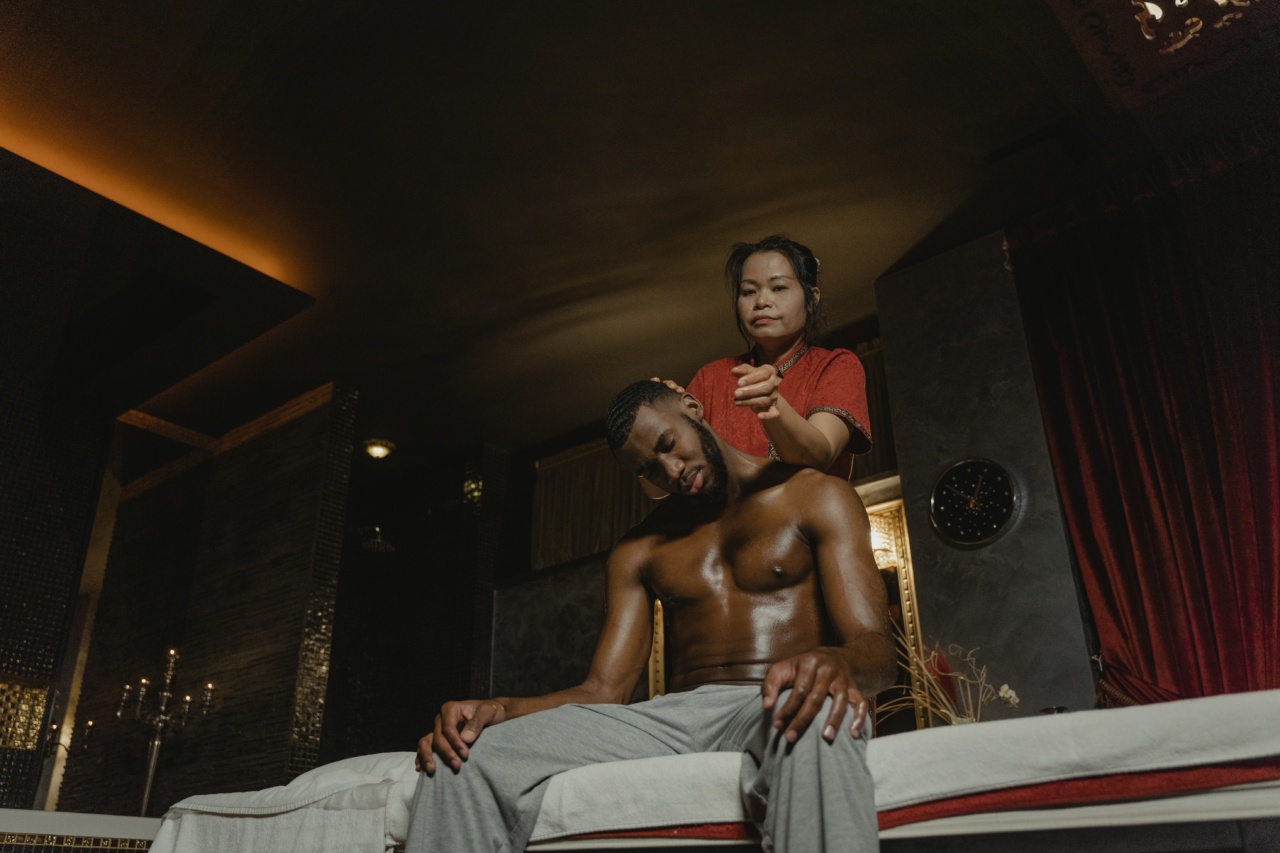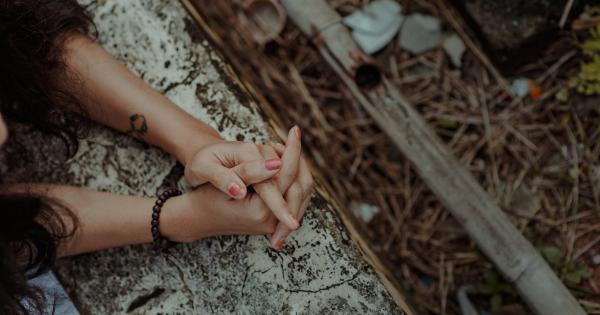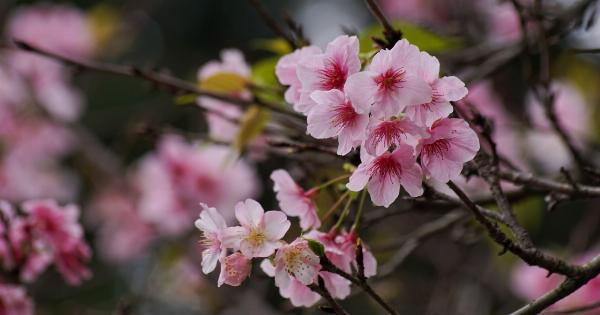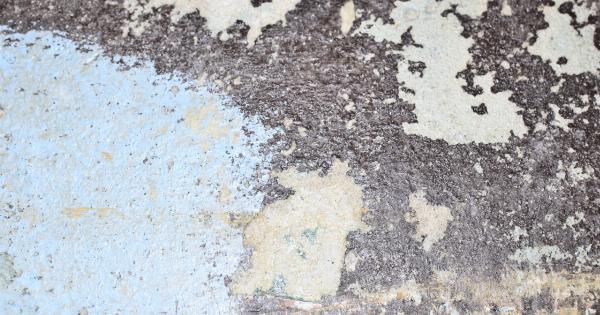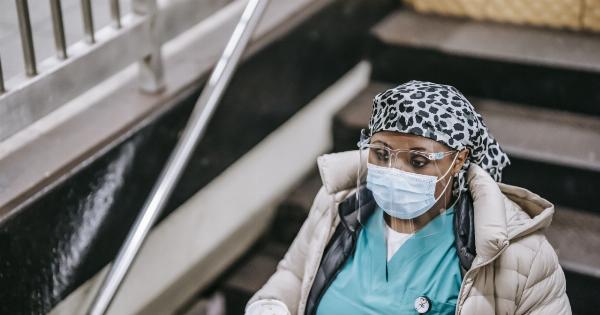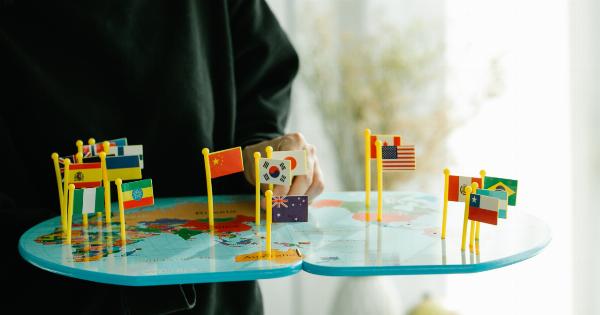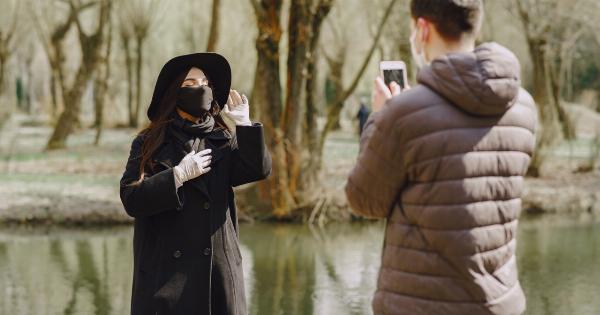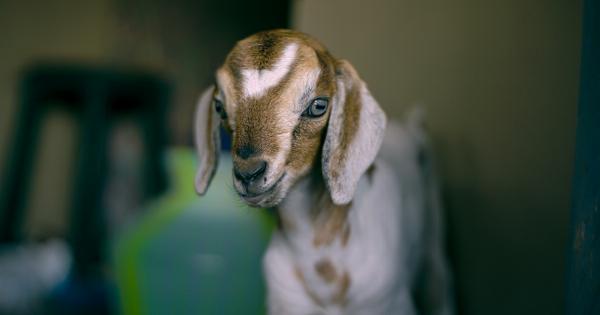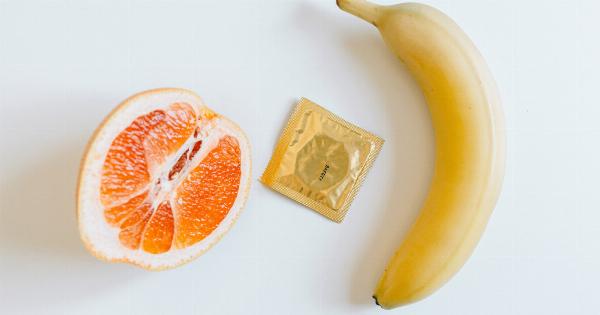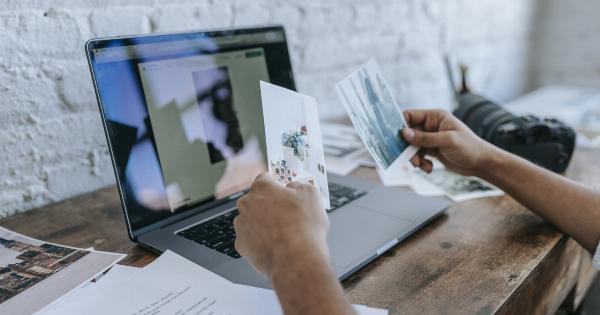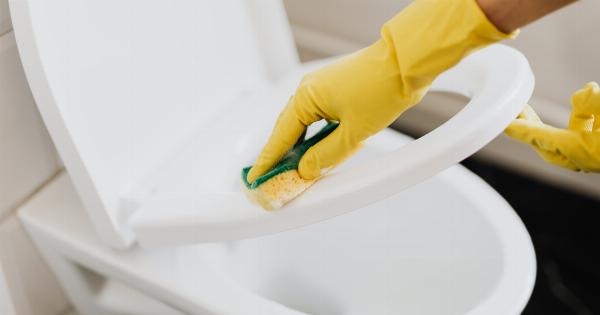Head lice are tiny insects that live on the scalp and feed on blood. They are common in children but can affect people of all ages. Head lice are highly contagious and easily spread from person to person through contact.
The good news is that they are not dangerous and can be treated effectively with various methods.
What are the symptoms of head lice?
The most common symptom of head lice is itching, especially behind the ears and at the back of the neck. You may also notice small red bumps on the scalp, and you may be able to see the lice or their eggs, which are called nits, in the hair.
The nits look like tiny white or yellow dots and can be mistaken for dandruff.
How do head lice spread?
Head lice spread through direct contact with an infected person’s hair. They can also spread by sharing combs, brushes, hats, or other items that come into contact with the hair.
Head lice do not jump or fly, but they can crawl quickly from one head to another. They can survive up to 48 hours off the scalp, so it is important to clean and disinfect any items that may have come into contact with an infected person’s hair.
Proven methods to get rid of head lice
1. Manual removal
The most effective way to remove head lice is by manually combing them out with a special nit comb. This method requires patience and persistence, but it is the safest and most natural way to get rid of head lice. To do this, follow these steps:.
- Apply a conditioner to the hair and comb it through with a regular comb to detangle it.
- Section the hair into small sections and comb each section with a nit comb from the scalp to the end of the hair.
- Wipe the comb on a tissue after each stroke and check for any lice or nits.
- Repeat this process every day for 7 to 10 days to ensure that all lice and nits are removed.
2. Chemical treatments
If manual removal is not an option, or if you need a quicker solution, there are several over-the-counter treatments available. These products contain chemicals that kill the lice and nits.
To use these products, follow the instructions on the package carefully. Some tips for using chemical treatments include:.
- Do not use more than one treatment at a time.
- Do not use on broken skin or near eyes.
- Be sure to cover the entire scalp and hair with the product.
- Leave the product on for the recommended amount of time.
- Rinse the hair thoroughly and comb out any remaining lice or nits.
3. Lice suffocation
Another method to get rid of lice is by suffocating them with oil or mayonnaise. Although not proven scientifically, some people swear by this method. To try this method, follow these steps:.
- Apply a thick layer of oil or mayonnaise to the hair.
- Cover the hair with plastic wrap or a shower cap and leave on for at least two hours.
- Rinse the hair thoroughly and comb out any remaining lice or nits.
4. Professional treatment
If you have tried the above methods and are still unable to get rid of head lice, you may want to consider seeking professional treatment. Professional lice removal services use specialized products and tools to remove lice and nits effectively.
They may also offer follow-up appointments to ensure that all lice and nits are gone.
Prevention tips
The best way to prevent head lice from spreading is by taking the following precautions:.
- Avoid sharing combs, brushes, hats, or other items that come into contact with the hair.
- Do not lie on bedding, couches, cushions, pillows, or carpets that have been in contact with an infected person’s hair.
- Do not wear clothing, especially hats or scarves, that have been in contact with an infected person’s hair.
- Keep long hair tied back or braided.
- Check the hair regularly for lice and nits.
Conclusion
Head lice are a common problem that can be treated effectively with various methods.
The most effective way to get rid of head lice is by manually combing them out, but there are also chemical treatments, lice suffocation, and professional treatments available. To prevent head lice from spreading, take precautions and regularly check the hair for lice and nits.
